Last Updated
Los Cabos is a special place for sea turtles, with several species swimming up to the shores of Todos Santos and La Paz to bury their eggs. Because sea turtles are highly sensitive to their environment, Los Cabos environmentalists are urging travelers to not only use caution but to also help protect the eggs from getting trampled on or discovered by predators.

For starters, officials are asking travelers not to drive cars on the beaches and to avoid the use of ATVs and 4-wheelers. It’s not just about the fact that the presence of vehicles may frighten turtles, but also has to do with the fact that the “weight of your vehicle compacts the sand and makes the nesting process much more complex for turtles,” explained co-founder of Kahal Bajasur, Graciela González Franco López. He also mentioned that they large weight of these vehicles could crush a nest, substantially reducing the number of turtle hatchlings making their way into the ocean during hatching season.
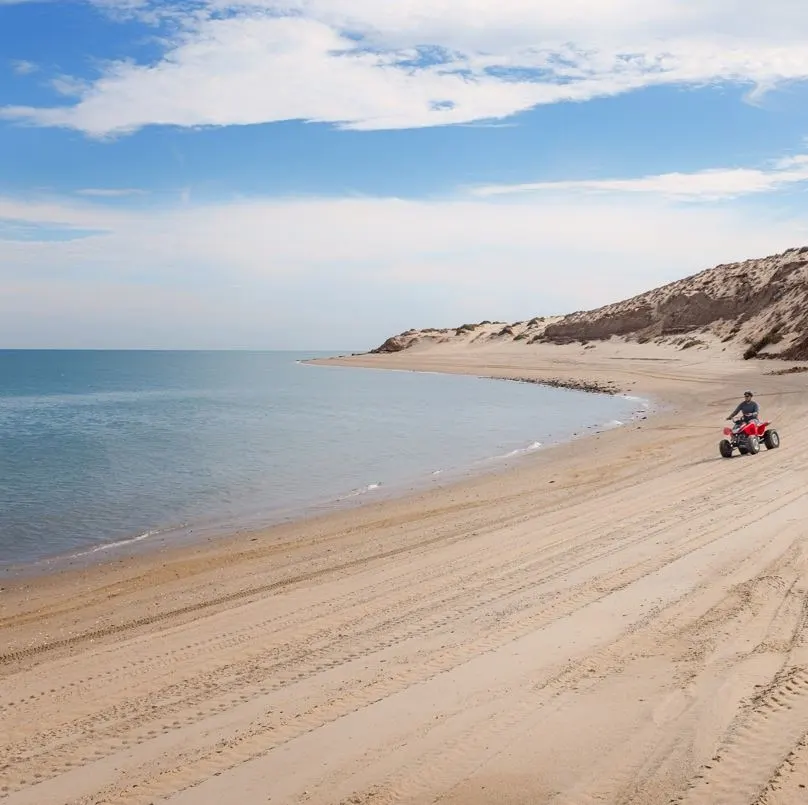
For bystanders who are lucky enough to watch sea turtles swim ashore and bury their eggs, Los Cabos officials ask that those on the beach keep a safe distance and leave them in peace. Then, once they have buried them and made their way back to the ocean, they can help out by placing sticks or stones around the area. This could serve as a signal for travelers and visitors to use caution when stepping on the sands and using motor vehicles.
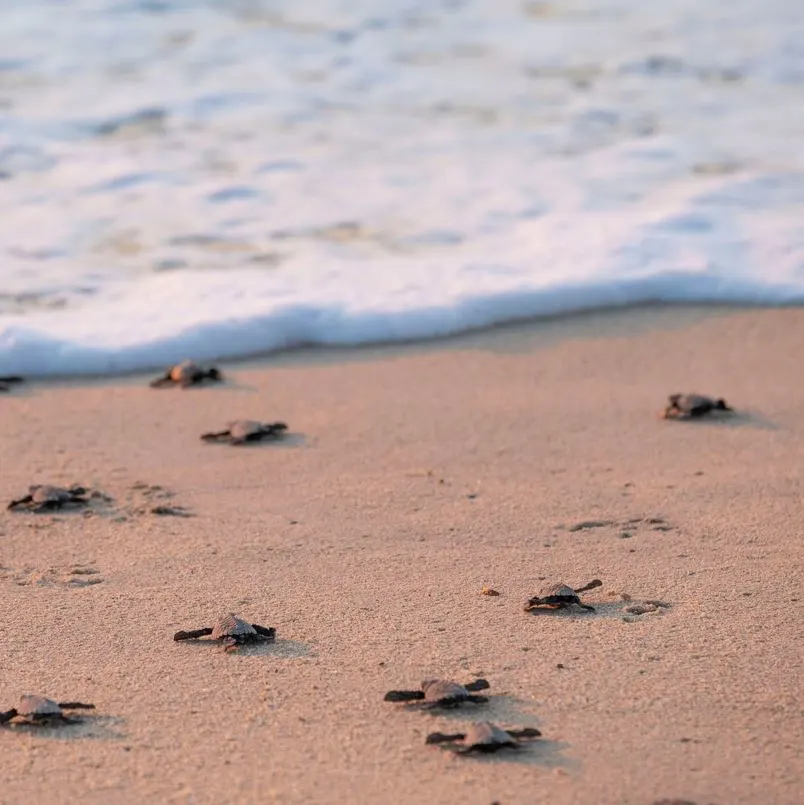
Sea turtles tend to swim ashore from May to late early September, leaving behind eggs that they bury in the sand. They typically will choose places that are less crowded and free from travelers. There could be many reasons behind the fact that most of them are now choosing La Paz, though it’s not completely understood. With the number of visitors to Los Cabos beaches on the rise, environmentalists like López, are anxious to pass on the message, hoping to give turtles a higher chance for survival.
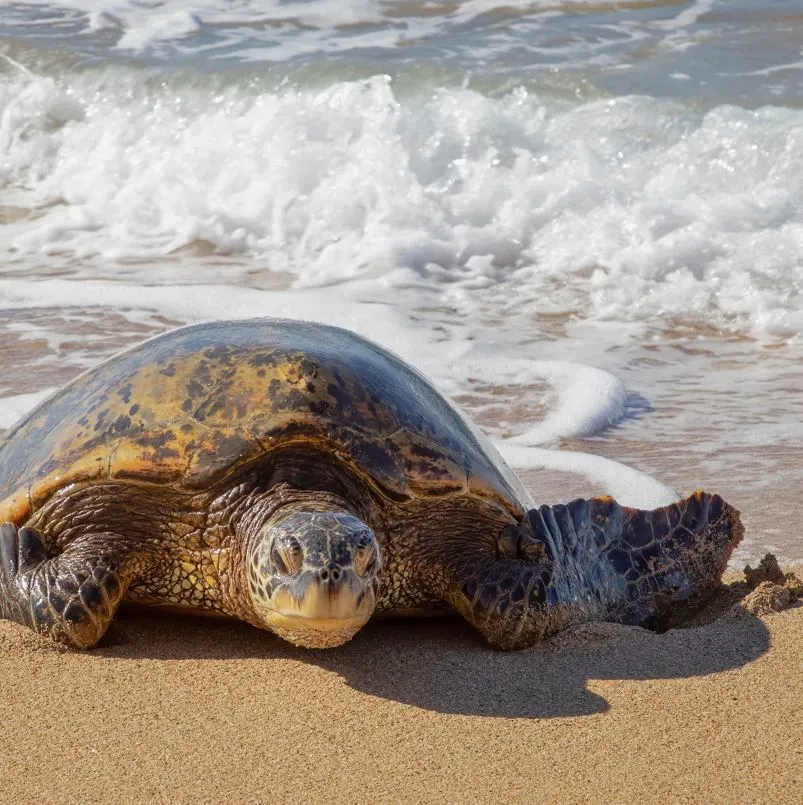
To date, there are several threats that can get in the way of a hatchling’s survival, most of which are related to nature. Out of the hundreds of eggs that turtles lay each year, only a small number will hatch. From there, they have to make their way out of the shell, dig themselves out of the sand, rush across the sands, and make it into the water. They not only have land predators but sea predators to worry about as well.
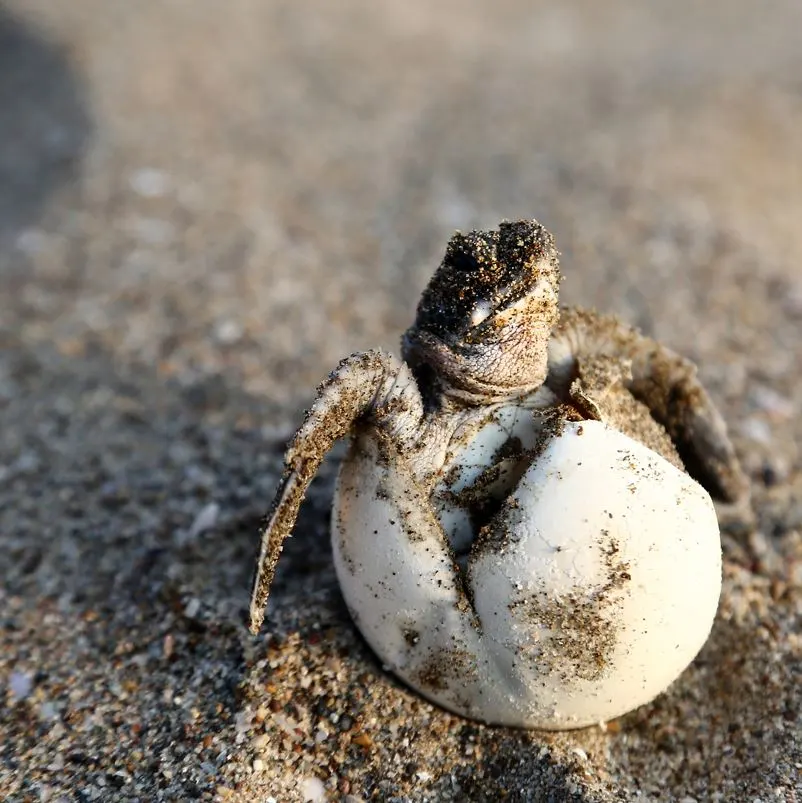
In Mexico, turtle’s eggs have been subject to theft, mostly because of their popularity as a Mexican delicacy. Many of those looking for fresh seafood will devour a fresh sea turtle egg either raw or “fixed” up with a bit of chili, lime, and salt. Vendors know this, and will target turtle’s nests, as they can be home to hundreds of eggs at one time.
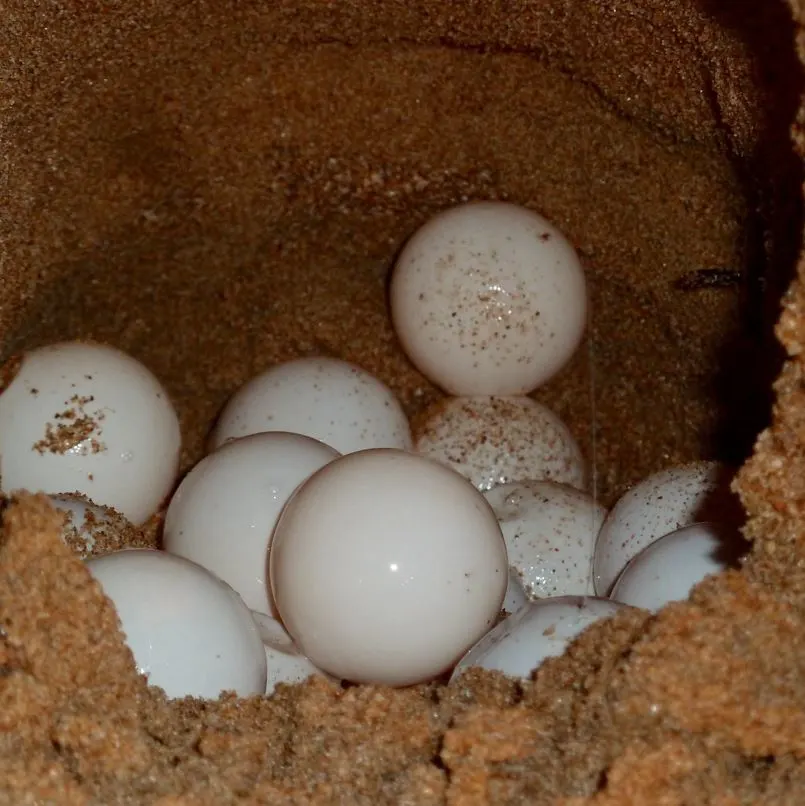
Those looking to make money off of the trade will dig up the eggs, collect them, and see them for as much as $25 pesos for 3. This is equal to about $1.25 USD, which can add up if vendors score a batch that’s large enough. Officials have laws in place that include hefty fines and jail time for those caught.
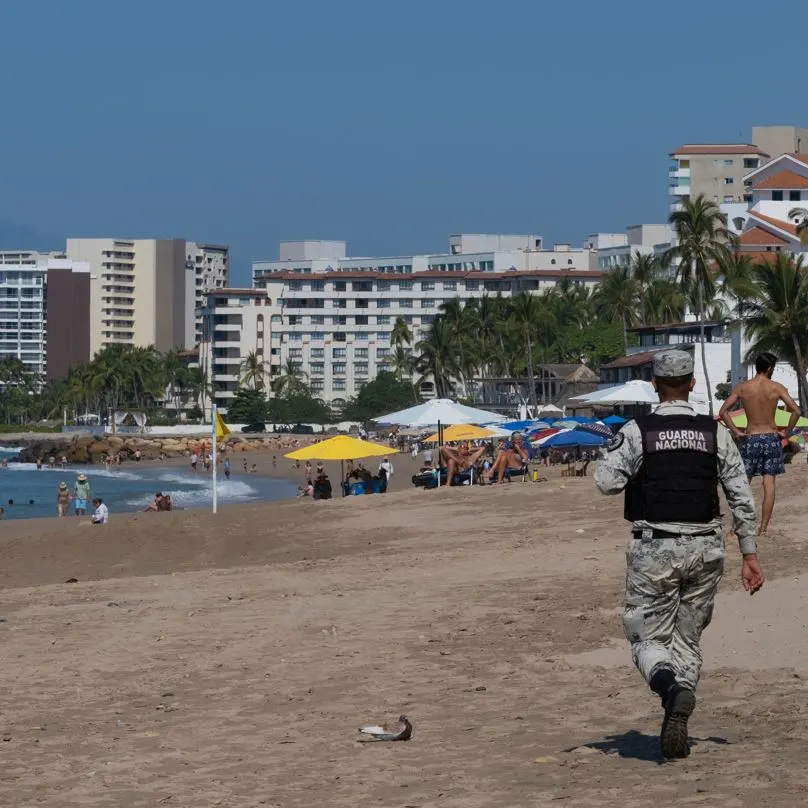
Los Cabos authorities and conservationists are teaming up to spread the word, hoping that all travelers will take precautions when on the beach. It’s not only about sea turtles, but also about all of the other sensitive, natural flora and fauna in the area, which is delicate to change and already suffering due to changing temperatures and weather conditions.

Richard
Tuesday 5th of September 2023
I found two black turtle nesting sites in Cabo San Lucas. I wanted to report it. Please give me a call 786-999-2720.